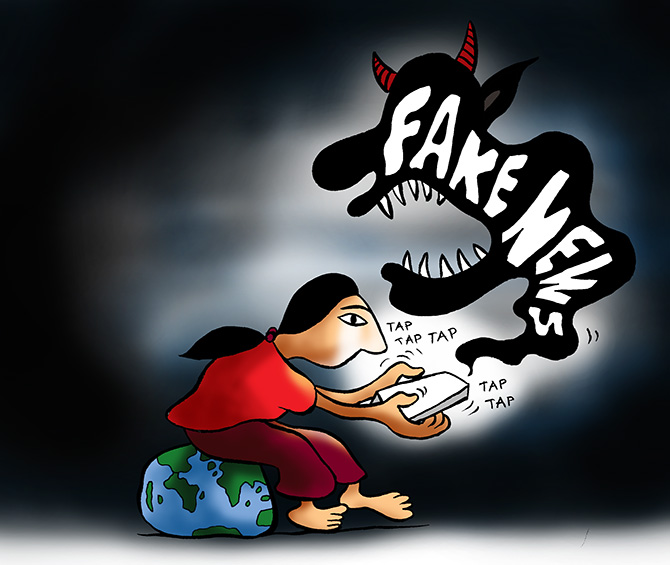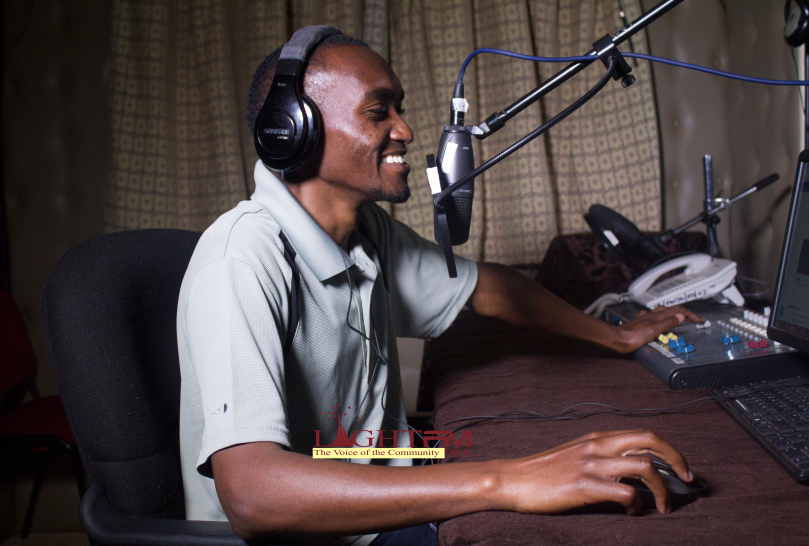By Ukaiko A. Bitrus-Ojiambo
Perhaps we don’t keep track of the times that these words are uttered, “It’s true! ‘I read it, saw it, or heard it’ in the news.” Can we trust information in this media environment?
The presidency of Donald Trump has popularised and globalised the term faux news, in relation to Fox News Channel. This political statement is also a pun, a play on the word’s phonetics and semantics; after all, “faux” means “fake” in the French language.
This news content can be transmitted as an image, as with the African village terrorized by a ginormous python? Fake news. It can also be a text message; like that time a reputable shoe company was allegedly giving everyone in the world a free product or service. Fake news.
How does one go about verifying information? Can news be fake-proofed? After all, there is a vast pool of information available on any topic; 24/7; to anyone, anywhere, who can access the internet with an enabled device.
Real vs. Fake news
Real news passes through an editorial process and is considered true and reputable information. The end product is fair, objective, truthful, ethical, and newsworthy; another common term used is hard news. Fake news self-serves, exaggerates, and sensationalises current affairs topics. Similarly satirical news embellishes and pokes fun at social interactions and customs.

Illustrations : COURTESY Uttam Ghosh
What can be done?
You are not alone, if you grapple with whether or not information is real or fake. Although we can’t control who creates, uploads, and shares information, we can try to be more conscious, critical consumers and distributors of information in the digital, media, and news literacy areas.
Here are a few tips:
- Verify sources, as much as possible before forwarding content.
- Approach media content critically; keep tabs on current, local and international news.
- Learn to identify ‘fake news’ so as to alert others and / or to counter messages.
- Clarify when content is not generated or created by you.
- Cross-check facts, datelines and sources (links, sites, creators).
- Look for opportunities for training, for example, with Media Council of Kenya.
You can read more here, and here.
Arguably, big tech companies can be held more accountable to develop and use software that can protect their users from fake news. Until then, the best offense is defense. Learn more about media content presentation and format; be alert to messages that seem too good to be true; and be an ambassador to the dissemination of real news!
Ukaiko A. Bitrus-Ojiambo is a lecturer in the Department of Communication Studies at St. Paul’s University.

